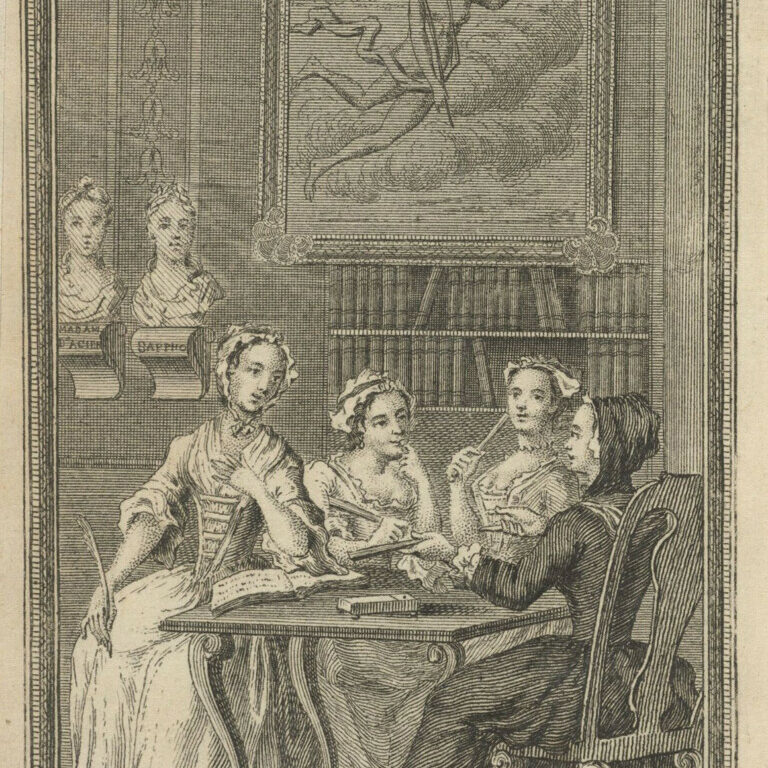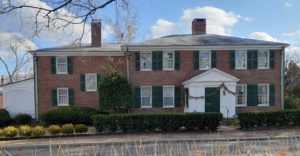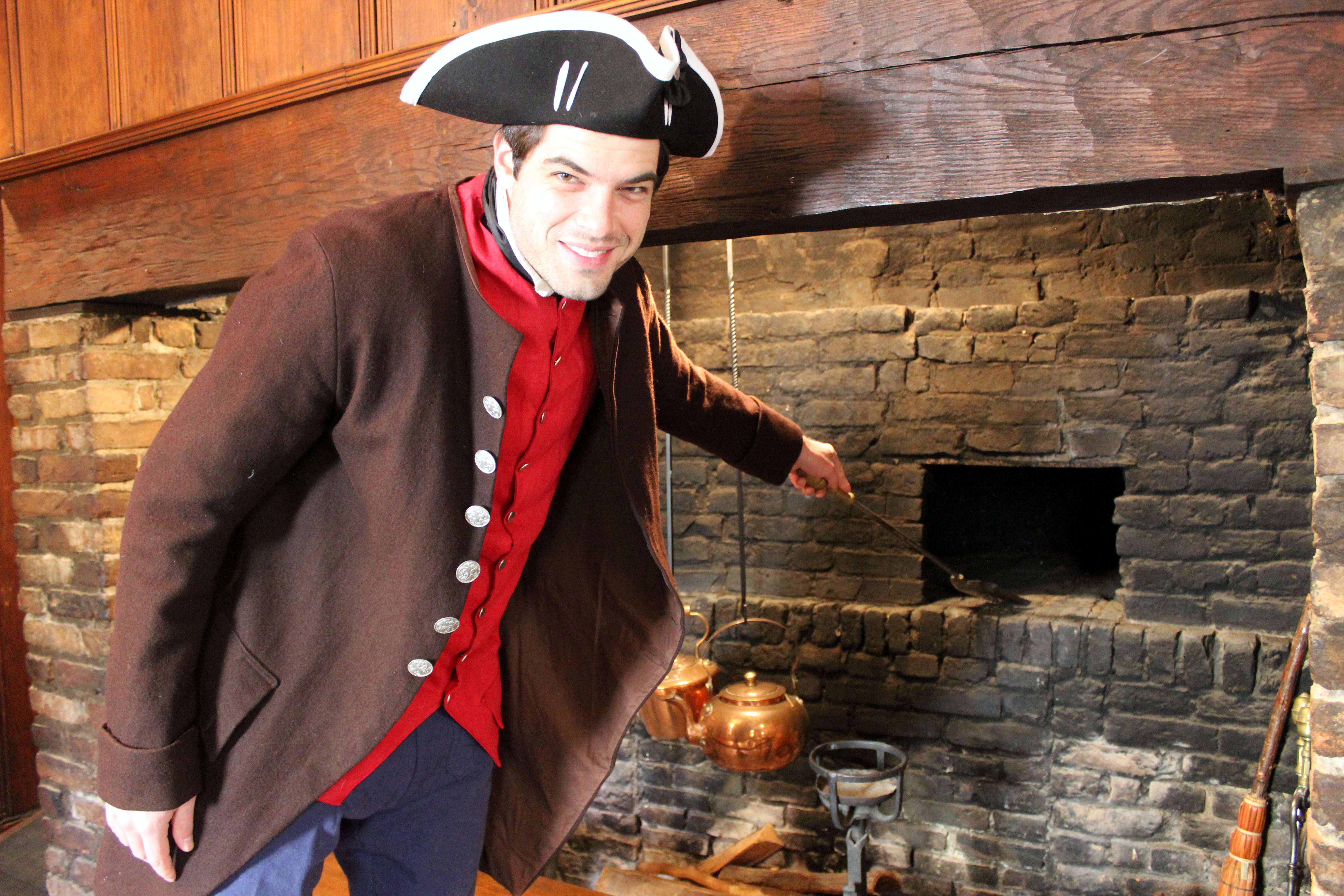
Who were the Loyalist Women of Cambridge? Introduction
By MaryKate Smolenski, Intern, Tufts University, May 2020
What do you imagine when you think of Cambridge during the American Revolution? Public and academic history surrounding the American Revolution has often focused on Patriots–especially men–but this has been changing. Historically, Loyalists have a bad reputation because they were the enemies of the American Revolution. Loyalists have often been described as selfish, elitist, or cowardly. However, Loyalists were a more diverse group who opposed revolting against England for a variety of reasons, including religious, emotional, economic, and political motives. Eighteenth century Cantabrigians were British subjects and, while they strongly identified with their local community of Cambridge, they also had deep ties to Britain. During the Revolution, Loyalists made up roughly 20-30% of the American colonial population and part of this Loyalist population included women.
The Cambridge Historical Society’s 2020 Theme, “Who are Cambridge Women?” is exploring, among other things, the idea of “women’s work”: how it has been defined (and by whom), and how that definition has changed over time. The work of Loyalist women included expressing their political views and dealing with the consequences of politics and war. They were active participants in the Revolution: submitting Loyalist claims, running businesses, delivering intelligence to the British, writing letters, uprooting their lives, and trying to preserve their property and families.
To better understand the lives of Loyalist women in Cambridge, I will be conducting a research project on them, generously funded by the Massachusetts Society of the Cincinnati. Their stories contribute to a fuller story of the American Revolution and of Cambridge.
I began my research by asking the following questions: who were the Loyalist women of Cambridge? What happened to them during and after the Revolution? In order to answer these questions, I found that I needed more background on what was taking place in Cambridge during the Revolution, and to then consider how these events would affect Loyalist women.
One major event was the Powder Alarm of 1774 when General Thomas Gage sent troops to collect gunpowder stored in a stone magazine (building) located in what is today known as Powder House Square in Somerville. Rumors spread that there had been bloodshed over the removal, which led to panic and thousands gathered on Cambridge Common. Eventually, the crowd marched down Brattle Street to the home of the Royal Lieutenant-Governor Thomas Oliver and demanded his resignation from the royally-appointed governing body, the Mandamus Council. Seeing his house surrounded by thousands of people, Lieutenant Governor Thomas complied.
Many Cambridge Loyalists lived on Brattle Street, later nicknamed “Tory Row,” and many were also connected to each other through marriage and business. The Vassall, Royall, and Phipps families intermarried and were prominent Loyalists. Following the Powder Alarm, many Loyalists left Cambridge, fearing for their safety, and moved to Boston where there was protection from the British military.
While many Cambridge Loyalists relocated to Boston, Cambridge became the headquarters of George Washington and the Continental Army in July 1775. The Patriot Massachusetts government also moved to Cambridge. The Siege of Boston lasted until March 1776 when the British and Loyalists then evacuated Boston on March 17, 1776. In September 1778, Massachusetts banished many Loyalists and later passed additional acts for confiscation of conspirators’ and absentees’ property. All of these events would impact the lives of Cambridge’s Loyalist women.
Defining a Loyalist woman is complicated. Many women were deemed “Loyalists” because their husbands or male family members were considered loyal. Some women were active in showing their support through a variety of activities including letter writing, buying British goods, delivering intelligence, and resisting the Patriots. They could also be labelled as Loyalist if they evacuated with the British troops, like when the British left Boston in March 1776.
Even if a woman did not consider herself a Loyalist, being labelled as a Loyalist by others had consequences. Those with Loyalist husbands could lose their property, some of which may have come from their dower. Patriots may have harassed these women. Many ultimately moved to new locations like Canada, the Caribbean, and England. Therefore, this blog series will refer to a “Loyalist woman” as any woman who self-identified as a Loyalist or was identified by others as a Loyalist and was associated with the British side during and after the American Revolution, often impacting her post-war life.
Currently, the Loyalist women that I have found are all white women. African and African American Loyalists sometimes chose the British side because it meant freedom. In 1775, British Lord Dunmore issued a proclamation promising freedom to enslaved people in exchange for British military support. Dunmore’s statement technically only applied to enslaved people in Virginia, but those in other areas began to flee. Later in 1779, the Philipsburg Proclamation officially extended the proclamation to all enslaved people whose masters were Patriots. As a result, thousands of black people of all ages and gender fled to the British side to escape enslavement.
I have examined the Book of Negroes, a document that contains the names of over 3,000 Black Loyalists who escaped to British lines and received their freedom and transportation out of New York in 1783. I found nineteen people from Boston, six of whom were women. None were specifically from Cambridge, but Cambridge land owners sometimes owned homes in Boston and their enslaved workers lived there.
Stay tuned for a series of posts entitled “Who were the Loyalist Women of Cambridge” with more information on these women and Cambridge Historical Society’s self-guided walking tour about them!
Funding for this project was made possible through the generosity of the Massachusetts Society of the Cincinnati






